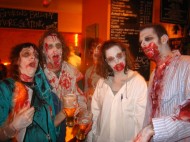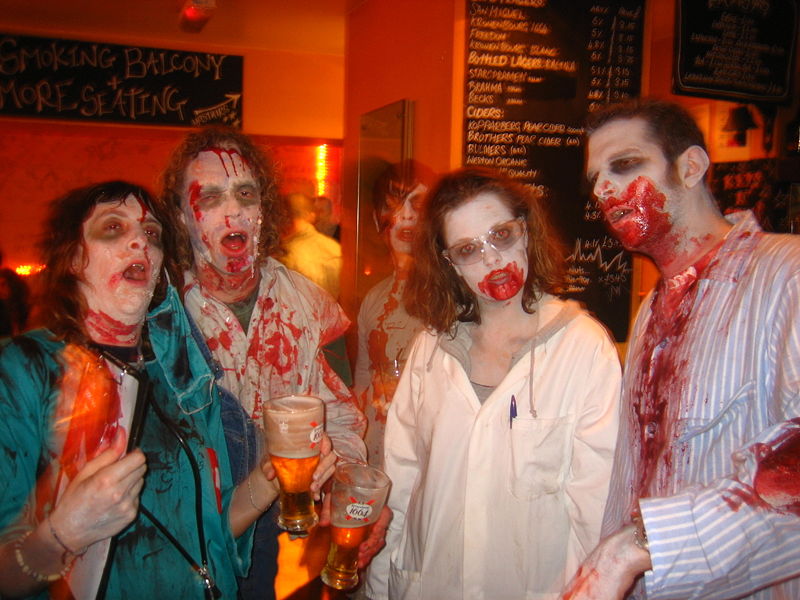According to a 2010 congressional briefing, the U.S. ranks 48th worldwide in K-12 mathematics and science education. This poor performance should not be seen as an indication of a lack of ability; it should be viewed as the byproduct of a nationwide lack of interest. Students’ diminished interest in science and math comes from the manner in which these subjects are taught. Many attempts have been made to innovate science education, but few have been effective. In order to truly appeal to students, educators must appeal to their interests – and the study of zombies may be a solution.

The study of necro-diagnostics first surfaced thanks to Dr. Steven C. Schlozman, a Harvard psychiatrist who has gained fame as the leading authority on the living dead. Dr. Schlozman was invited to speak at a science lecture series in Brookline, MA after stirring up curiosity among both scientists and sci-fi fans.
During this lecture, he introduced the manner in which the zombie virus, Ataxic Neurodegenerative Satiety Deficiency Syndrome, or ANSD, would attack the brain.
During these lectures, he described the manner in which the zombie virus, Ataxic Neurodegenerative Satiety Deficiency Syndrome (ANSD) would attack the brain. Dr. Schlozman concluded that the zombie virus would destroy four crucial structures in the brain: the ventromedial hypothalamus, cerebellum, frontal lobe, and amygdala. Once the virus ate away at the ventromedial hypothalamus, which controls hunger, the zombie would feel an insatiable hunger for human flesh. The virus would then continue to destroy the cerebellum, which controls coordination; thus, zombies would walk with a certain open-legged gait. The frontal lobe, responsible for problem solving, would be the virus’ next victim; therefore, zombies would lack the ability to make complex decisions. The brain would be eaten down to the amygdala, the almond-shaped section of the brain reserved for base emotions. Zombies would only express rage and nothing more.
After taking an in-depth look at Dr. Schlozman’s analysis of zombie neurobiology, certain revelations about science education came to light. Learning about zombies actually made science interesting all of a sudden. People have always been fascinated with zombie lore. Tapping into this zombie obsession could help initiate interest and motivation to learn about science. An idea as simple as studying zombies allows the normally science-phobic student to connect pop culture insights with the science behind those ideas. Students can maintain interest in science without being held down by the monotony of a textbook or dry topics.
In addition, the study of zombies can help scientists understand how real infectious diseases work. The zombie virus that Dr. Schlozman describes in his lecture parallels real brain-eating viruses that lead to neurodegenerative diseases. By studying the way in which a virus would cause one to “become a zombie”, scientists can discover ways to combat this “brain-eating virus” and prevent world-wide outspread from occurring.
Studying zombies presents an unorthodox model that can be used by both educators and scientists. Enticing kids with unique approaches to science could directly correlate with higher science scores and more interest in science, which would lead to more scientists. If students are taught to look at science through pop culture, they will once again think that science is an intriguing field to explore. Kids can watch zombie movies to learn about the brain or watch baseball in class to explore the way muscles work. Alternative approaches such as these could lead the scientific field to greater innovations than ever before. They could inspire curiosity and breed the next generation of scientists, who may discover brand new ways to view diseases – all thanks to the lovable living dead that we have come to appreciate.

